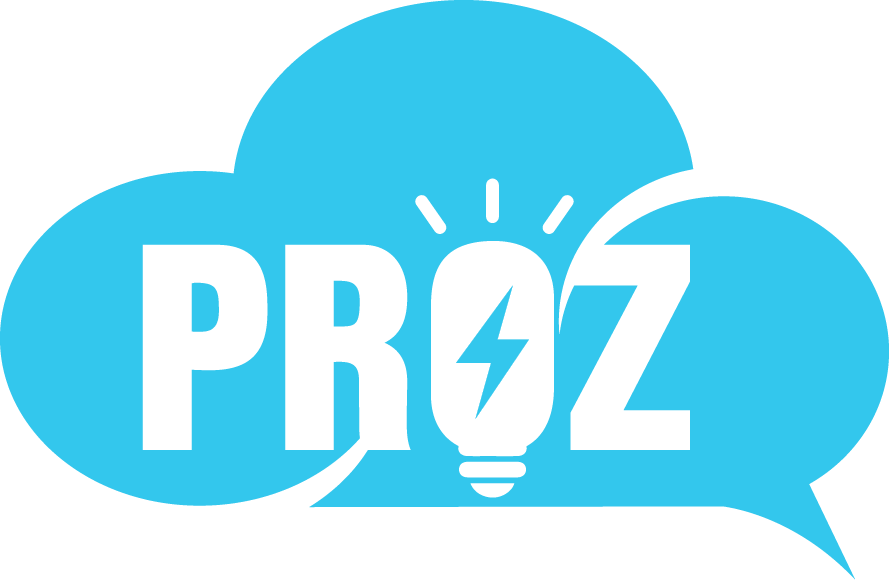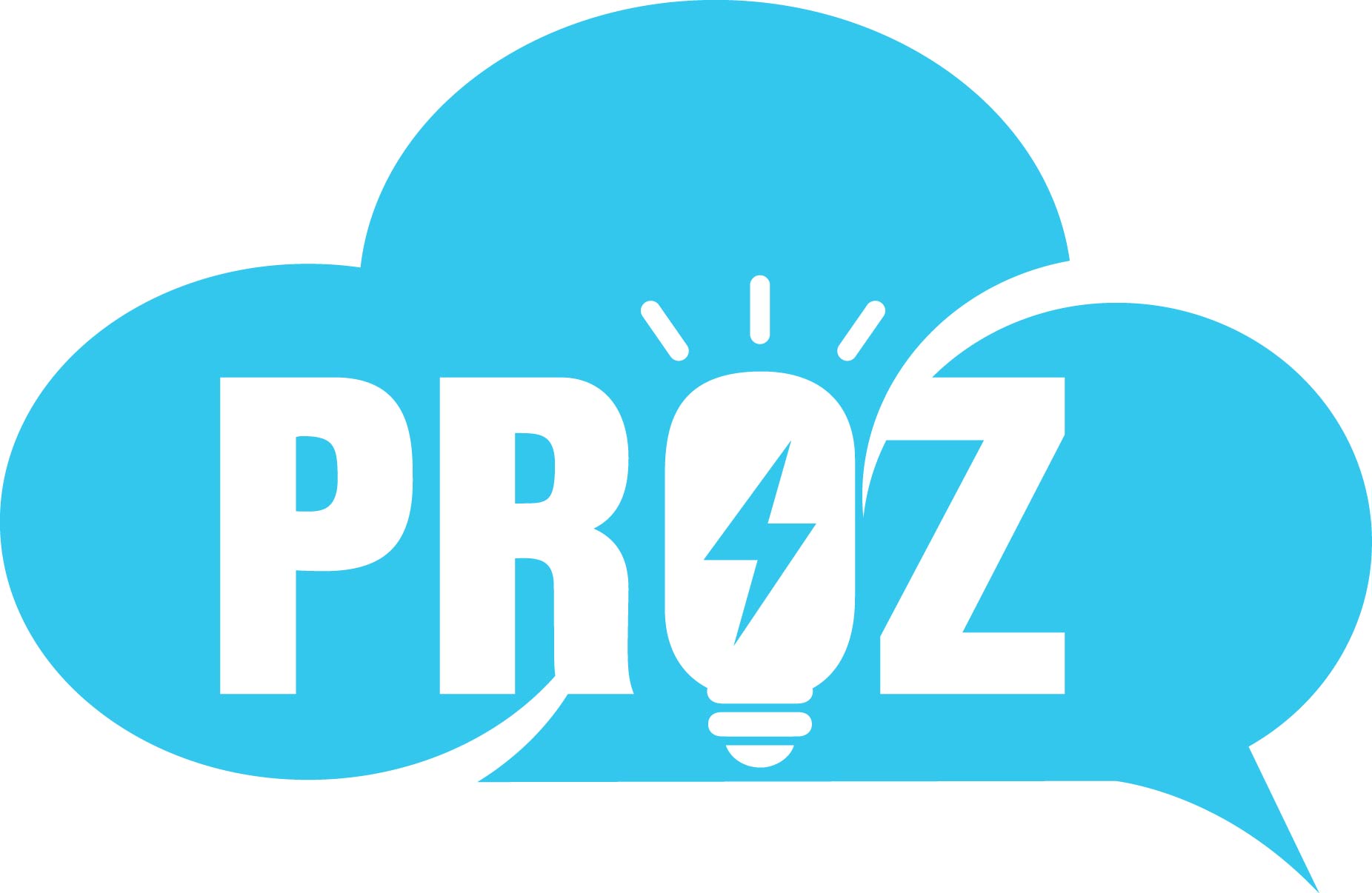It’s just a simple favor. Our stakeholders want to track their sales objectives as part of the Dynamics 365 Sales implementation. Shouldn’t be an issue right? Even under tight deadlines, we love the impossible.
Even if the objectives need to be:
Directly related to multiple types of records e.g. Customer Accounts, Contacts, Appointments, Opportunities as well as custom tables etc.
Customizable by any of the end users as well as their managers based on a manager hierarchy
Easily configurable in different kinds of views, reporting and dashboards in a custom sales app
It’s A Simple Dynamics 365 Favour…?
Now here is what you are probably thinking. This is simple. We have Sales Goals as an out-of-the-box feature. Why worry? It’s simple.
Hmmm. Let’s unpick some of our business requirements and see HOW simple it TRULY is.
Requirement 1: Direct relationship to different types of records such as customer accounts, contacts, appointments, opportunities as well as custom tables etc. Sales Goals as a feature only supports at a primary level opportunities as a direct link and appointments through a rollup query. For accounts and contacts, we need to do this indirectly with related filters of supported records with goals. Furthermore, when it comes to custom tables, goals do not natively support them as rollup sources. However, if we customize the solution let’s say with custom workflows or plugins it could get us there. But of course, this comes at the cost of pro-dev time and money.
Requirement 2: Objectives to be customizable by any of the end users as well as their managers based on a manager hierarchy. Sales Goals by default work with specific kind of Security Roles. Otherwise, we need to set up these permissions manually. The security model becomes even more convoluted when parent and child goals come into the mix, with users having conflicting permissions and sometimes issues with being unable to view some of the entities involved.
And let’s not forget, there are licensing limitations with this too. Yes, I know, the dreaded L word.
Don’t Be Scared – Let’s Rethink This
So now we have seen some of how this works, we must think about options.
Our developers are eagerly waiting for the high-level design and our Scrum Masters need to estimate the work within a tight sprint timeline. But hey. What’s new?
Things like Sales Goals are flagship features we want to make the most out of and leverage the benefits of our Dynamics 365 Sales license.
One option of course is to go down the pro-dev and customization path. Nothing is ever impossible, but the question may be whether it is worth having such a highly customized solution.
Another option is to unleash our creativity in a mission of simplicity. How else can we fulfill all these requirements without overcomplicating it?
This is where it dawned on me, like many other times, there are SIMPLER ways to engineer this.
We can use Tasks as the omni-present, related table, across all the other tables which need some version of objective tracking. If we think about it, objectives need to be set against a record and have some key details including trackable status and date. This helps users keep themselves on top of their objectives, track them in an easy way and provide the same transparency to the leadership team.
Illustrative Example

In this solution, we have Sales Goals against a high-value contact, Madonna!, so that the Sales Manager can grow the relationship.
We have configured the tasks with some of the out-of-the-box fields plus:
added a custom Objective Type column to signify the type of sales objective
an embedded, filtered view in the source record for Maintenance of Context
the ability to amend in line with an Editable Subgrid so the user can stay within the record of choice e.g. whilst on a sales call
To Summarize
Designing the implementation of Dynamics 365 Sales or any CRM app is a journey. A lot of times I find it is one of self-discovery, on top of platform exploration. It is very important that we not only understand the native features of the app and their implementation practices, but also the general features of Power Platform.
In this case, we saw how Tasks can be reimagined and repurposed to achieve the requirements of a use case. Nevertheless, there can be many other use cases where we can simplify things. And truly make these business requests a simple favour!

Check Angeliki Patsiavou’s original post https://www.empoweredhumans.net/post/dynamics-365-sales-goals on www.empoweredhumans.net which was published 2025-04-06 01:54:00











